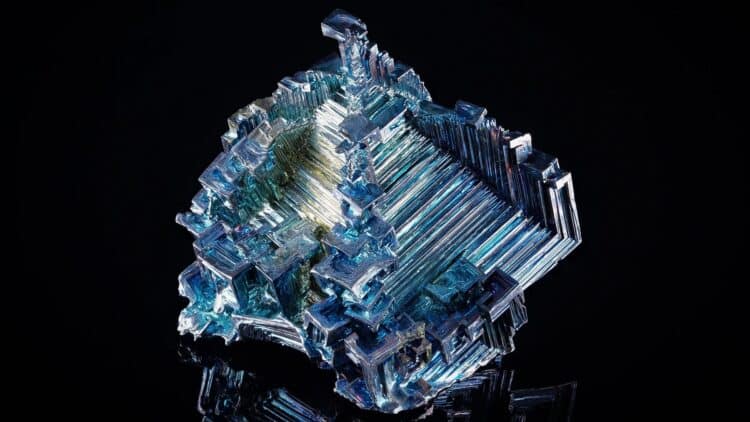AI is expanding its horizons in materials science. A research group from Google’s DeepMind has recently created GNoME (Graph Networks for Materials Exploration), a deep learning AI that successfully discovered 2. An estimated 2 million new chemical compositions of inorganic crystals are possible if synthesized, while only 380,000 are expected to be thermodynamically stable. These discoveries, which scientists say are still only “treading water” and are equivalent to 800 years of traditional research, could be used to create new technologies ranging from improved batteries to superconductors. It shows that researchers are progressing much faster than ever with the help of Artificial Intelligence, which can revolutionize the industries that rely on these materials.
AI forces a question: limitless materials or uncontrolled discovery?
Google DeepMind and Lawrence Berkeley National Laboratory announced the creation of a system called GNoME (Graph Networks for Materials Exploration). In just 17 days, the AI identified 2.2 million new inorganic crystal structures, 380,000 of which were classified as stable. To give you a better idea of this leap, the global scientific database previously had 48,000 stable crystals.
Michael Nuñez, in VentureBeat, even noted that “this represents nearly a 10x increase over previously known stable inorganic crystals.” It’s worth noting that this wasn’t just theory. At the Berkeley laboratory, autonomous robots tested 58 AI predictions and managed to synthesize 41, a 71% success rate, considered extraordinary for this field. These discoveries are now publicly available on the Materials Project Database, allowing any scientist worldwide to access and use the data. Among the findings are:
- 52,000 potential new 2D materials similar to graphene.
- 25 times more solid lithium conductors than previous studies–essential for the next generation of batteries.
- New lithium-manganese oxide compounds, a promising alternative to the controversial lithium-cobalt used in batteries today.
The world must ask: smarter AI or unchecked alchemy?
GNoME’s secret lies in its use of graph neural networks (GNNs), models that represent atoms and their bonds as graphs. This allows the AI to assess, in fractions of a second, whether a proposed structure is stable or likely to collapse. The process works like this:
- Two parallel pipelines: one explores variations of known crystals; the other ventures into novel chemical combinations.
- Ultra-fast filtering: each proposal is analyzed with Density Functional Theory (DFT) simulations, a standard method in physics and chemistry.
- Active learning: the results are fed back into the model, which is refined with each cycle, increasing accuracy and speed.
According to Google DeepMind, this process increased the stability discovery rate from less than 10% to over 80% in external benchmarks like MatBench Discovery. In other words, AI doesn’t just speed up the process: it redefines the standard of efficiency. That’s why many say Google has put the world in check with its AI. Another crucial detail we can’t ignore is that scientists in different parts of the world, unrelated to the project, managed to synthesize 736 of the crystals predicted by GNoME. This confirms that the results are not just computer simulations, but reflect experimental reality.
The race is on: new materials or stalled innovation?
We need to keep in mind that this type of discovery opens doors on several fronts, such as:
- Clean energy: longer-lasting and safer batteries for electric cars.
- Computing: new semiconductors and even potential superconductors, such as Mo5GeB2, cited in the study.
- Health and medical technology: materials that can make more durable and precise equipment.
The marriage of AI, quantum physics, and robotics not only accelerates the pace of science: it redefines how we think about research. Fewer blind guesses, more intelligent predictions. Less time spent on repetitive processes, more room for strategic innovation. It’s no wonder that artificial intelligence became human for the first time.


